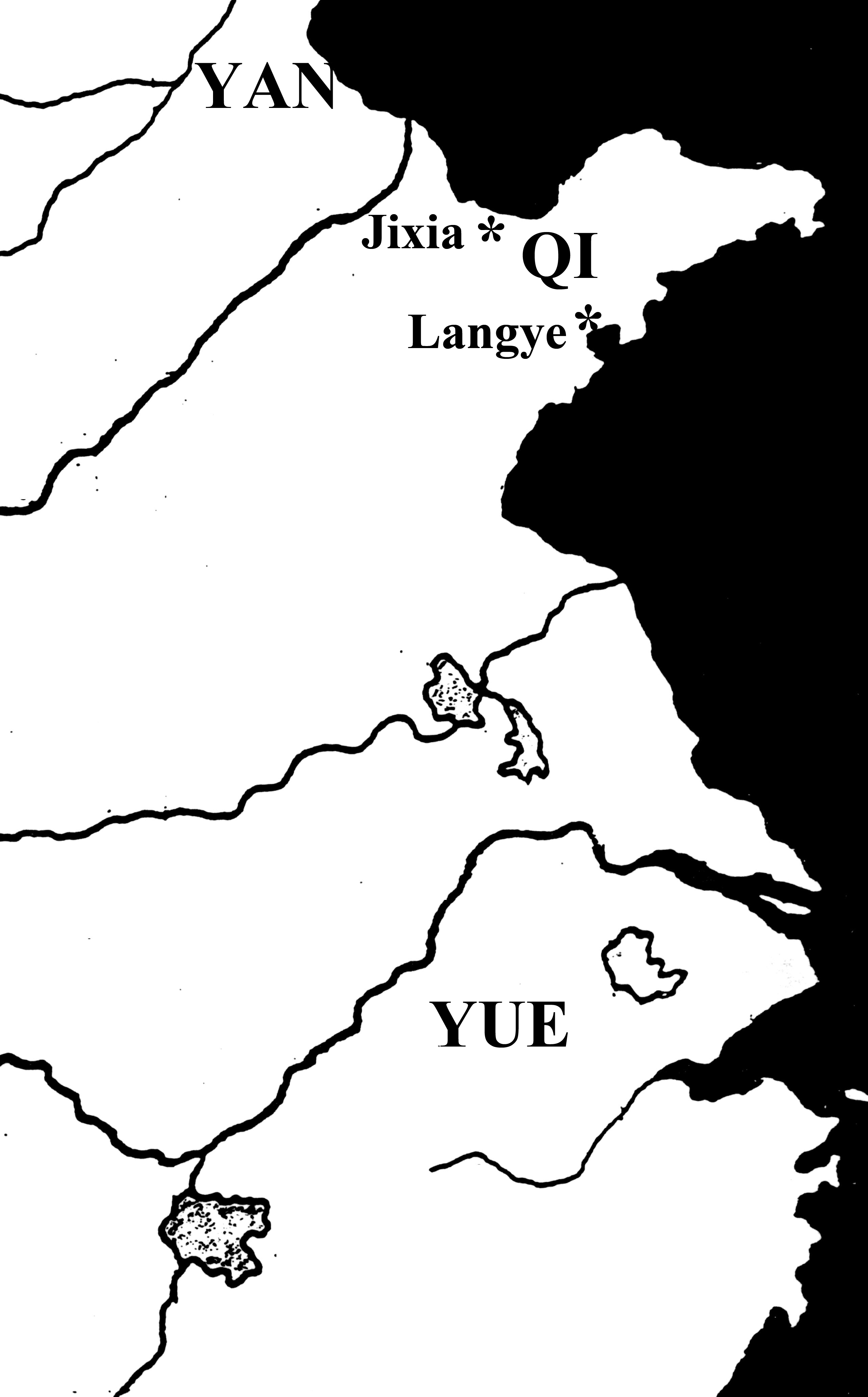
The Arts of the "Fangshi"
The term fangshi was applied to a wide variety of men who practiced mantic arts. The word "fang" means "method" or "prescription"; shi is a word we have encountered before, meaning "gentleman." Thus the name fangshi denotes a man with some special method or secret formula. These men attained great influence during the first century of the imperial era (the late third and second century BCE). Although their influence waned later, they continued to be a significant force in the intellectual and religious traditions of China, and remain so to this day.
Origins of the fangshi traditions
The earliest comprehensive history of China, the Shiji (written about 100 BCE) traces the rise of the fangshi to the naturalist philosopher Zou Yan, whose biography is part of your reading for today, but it is likely that his function in the "story" was more to give legitimacy to their styles of practice than to invent them. Fangshi made heavy use of the yin-yang five-forces cosmology that became popular during the Qin and Han eras (221-208 BCE and 202 BCE - 220 CE, respectively), and Zou was one of the first to formulate consistent theories to make that cosmology competitive with the sophisticated ideologies of the persuader tradition.
Geographically, the fangshi movement seems to have originated on the Shandonng peninsula, moving north along the coast of Bohai Bay through the influence of Zou Yan, who carried these ideas from Qi to Yan during the third century BCE. It appears to me that the most frequent native origin of individual fangshi is the region of Langye, on the southern coast of the Shandong peninsula. The First Emperor of the Qin Dynasty (r. 221-210) was greatly attracted to this obscure spot and returned to it several times. It was the point from which he dispatched envoys to the "isles of the immortals," and it was also the main destination of his final journey, on which he died.
There is no record of Langye as a major population center to explain why so many fangshi originated there. But Langye had a puzzling history. During the fifth century BCE, the southern state of Yue, which was located down the coast about 400 miles, established a beachhead in Langye. What is more, they relocated the capital of Yue from south of the Yangzi River to Langye, where it remained for about a century. The rationale and logistics of locating the capital of Yue far north in an area generally regarded as a part of Qi are a mystery.
The fact that Langye was in some way a meeting ground between the two very different traditions of Qi and Yue may have bearing on the rise of the fangshi traditions. During Neolithic times, the region of Yue had been the base of a culture very different in ethnic background from the one that ultimately evolved into the Zhou state, and it may be that Langye represented a gateway for the holdover traditions of the very ancient southeast coastal tribes into mainstream Zhou culture.
Varieties of fangshi arts
What sorts of arts did fangshi practice? As the accounts of the First Emperor and the Han Dynasty Wu-di (discussed in your reading on the Han Confucian Dong Zhongshu) indicate, some rulers were deeply involved in the cult of immortalism. Fangshi developed herbal and mineral formulas to lengthen life (some of these proved lethal) and practiced semi-shamanistic communication with "immortals," conceived as people who had achieved the state of spirits without dying, which gave them special supernatural abilities without loss of corporeal form. In some cases, arts of yoga and dietary or sexual regimens were also part of the fangshi repertoire.
Fangshi were also masters of a wide variety of mantic (soothsaying) arts. Some of these were relatively straightforward, such as divination by consulting the ancient oracle text, the Yi jing. Others were more esoteric, such as divination by dreams, by the stars, by landforms, or by facial characteristics. Still others were simply bizarre: divination by bird calls, wind angles, and bamboo cracks.
Regardless of how strange and "unnatural" these arts may have been, they clearly grew up as part of early China's explorations into what we now term "Naturalism."